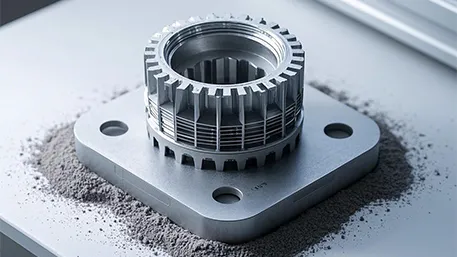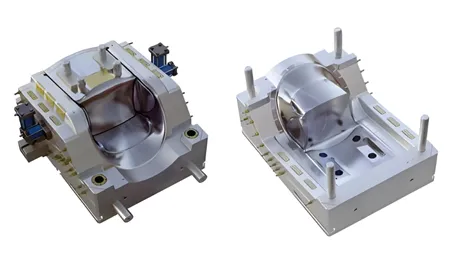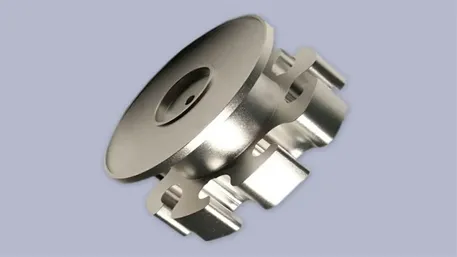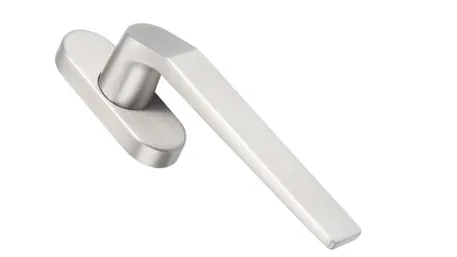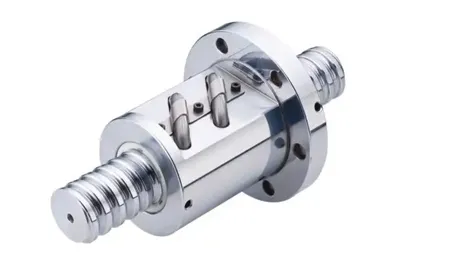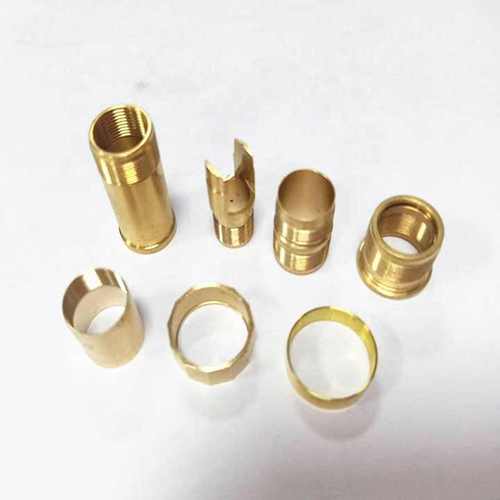In the hardware manufacturing industry, stainless steel parts are essential for ensuring reliability, corrosion resistance, and long-term performance. CNC (Computer Numerical Control) machining offers unmatched precision and material control for crafting high-quality stainless steel components. This article explores the technical advantages, material selection, manufacturing processes, quality control, and applications of custom CNC stainless steel hardware parts.
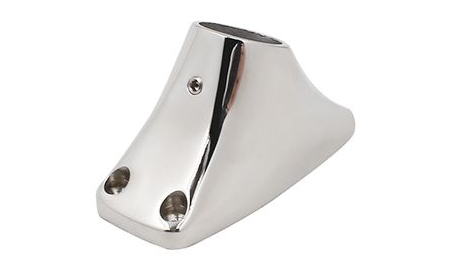
I. Core Advantages of CNC Machining for Stainless Steel Hardware
- Sub-Micron Precision
CNC machines achieve positioning accuracy of ±0.005mm and repeatability of ±0.01mm, with surface finishes as fine as Ra ≤ 0.4μm. For example, precision screws and bolts can be machined to ISO 4.8 grade tolerances, ensuring secure fastening. - Complex Geometry Machining
5-axis CNC systems tackle intricate shapes, thin walls (≤0.3mm), and micro features (e.g., 0.5mm threads) for parts like brackets, hinges, and connectors. - Material Versatility
CNC supports industrial-grade stainless steels:- 316L: High corrosion resistance (PREN ≥ 25) for marine and chemical environments.
- 304: Cost-effective for general hardware (e.g., fasteners, brackets).
- 430: Magnetic stainless steel for applications requiring magnetic properties.
II. Material Engineering & Selection Strategies
- Corrosion Resistance
- 316L (with 2–3% molybdenum) resists chloride stress corrosion in coastal or chemical processing settings.
- Mechanical Performance
- 316L offers tensile strength ≥ 515 MPa and elongation ≥ 40%, ideal for load-bearing components like hinges and brackets.
- Cost-Effective Solutions
- 304 stainless steel (tensile strength ≥ 515 MPa) balances cost and corrosion resistance for non-critical hardware.
III. CNC Machining Processes for Hardware Components
- Multi-Axis Milling & Turning
5-axis milling produces complex shapes (e.g., custom brackets) with a single setup, reducing errors and improving efficiency by 70%. - High-Speed Cutting (HSC)
For 304 stainless steel, HSC at 12,000 RPM and 1,800 mm/min feed rate boosts productivity while maintaining surface quality. - Tool Optimization
Coated carbide tools with high-pressure coolant systems minimize heat during 316L machining, extending tool life by 3x.
IV. Quality Control & Compliance
- Dimensional Accuracy
CMM (Coordinate Measuring Machine) ensures critical dimensions (e.g., thread pitches) adhere to ±0.005mm tolerances. - Material Verification
- Spectroscopic analysis confirms alloy composition (e.g., 316L’s 10–14% nickel content).
- Tensile and hardness tests validate mechanical properties (e.g., 304’s Rockwell B hardness ≤ 95).
- Surface Finishes
- Electropolishing reduces Ra to ≤ 0.2μm for corrosion resistance in food-grade hardware.
- Zinc plating enhances 304’s resistance to atmospheric corrosion, providing 500+ hours of salt spray protection.
V. Applications in Hardware Manufacturing
- Fasteners & Connectors
- 316L stainless steel screws and bolts, passivated for corrosion resistance, ensure secure fastening in offshore equipment.
- Structural Components
- 304 stainless steel brackets, powder-coated for durability, support heavy machinery in manufacturing plants.
- Valves & Fittings
- 316L stainless steel ball valves, machined to Ra ≤ 0.8μm, prevent leaks in chemical processing systems.
VI. Frequently Asked Questions (FAQ)
-
What is the typical precision of CNC stainless steel hardware?
CNC machining achieves ±0.005mm tolerance and Ra ≤ 0.4μm finish, meeting ISO 2768 and ASME B18.2.1 standards. -
How do I choose the right stainless steel?
For corrosive environments, select 316L. For cost-sensitive projects, 304 stainless steel is a viable alternative. -
What is the lead time for custom hardware?
Simple parts take 3–5 days; complex components (e.g., custom brackets) require 7–10 days. Rush orders are available. -
Can CNC parts meet industry certifications?
Yes. Parts comply with ISO 9001, ASTM, and industry-specific standards like ASME B31.3 for piping systems. -
How does CNC machining compare to traditional methods?
CNC reduces material waste by 30% and cuts lead times by 40%, while delivering superior precision and consistency.
VII. Customer Testimonials
— John Doe, Senior Engineer at Maritime Innovations
“We switched to 316L stainless steel brackets machined by [Your Company]. The 5-axis precision eliminated weld failures, and the salt spray resistance exceeded our expectations.”
— Jane Smith, CEO of MedTech Solutions
“The 316L stainless steel valves we ordered had Ra ≤ 0.2μm finishes right out of the box. The CMM reports and biocompatibility certifications saved us months of compliance testing.”
“Cost-effective solutions without compromising quality.”
— Mike Chen, Production Manager at AutoTech Manufacturing
“For our automotive prototypes, 304 stainless steel brackets from [Your Company] reduced material costs by 25% compared to aluminum. The tight ±0.01mm tolerances kept our assembly line running smoothly.”
From fasteners to structural components, our CNC machining expertise ensures stainless steel hardware that combines precision, durability, and compliance. Contact us to discuss your project requirements and receive a tailored solution that meets your timeline and budget. Let’s build hardware excellence together!

